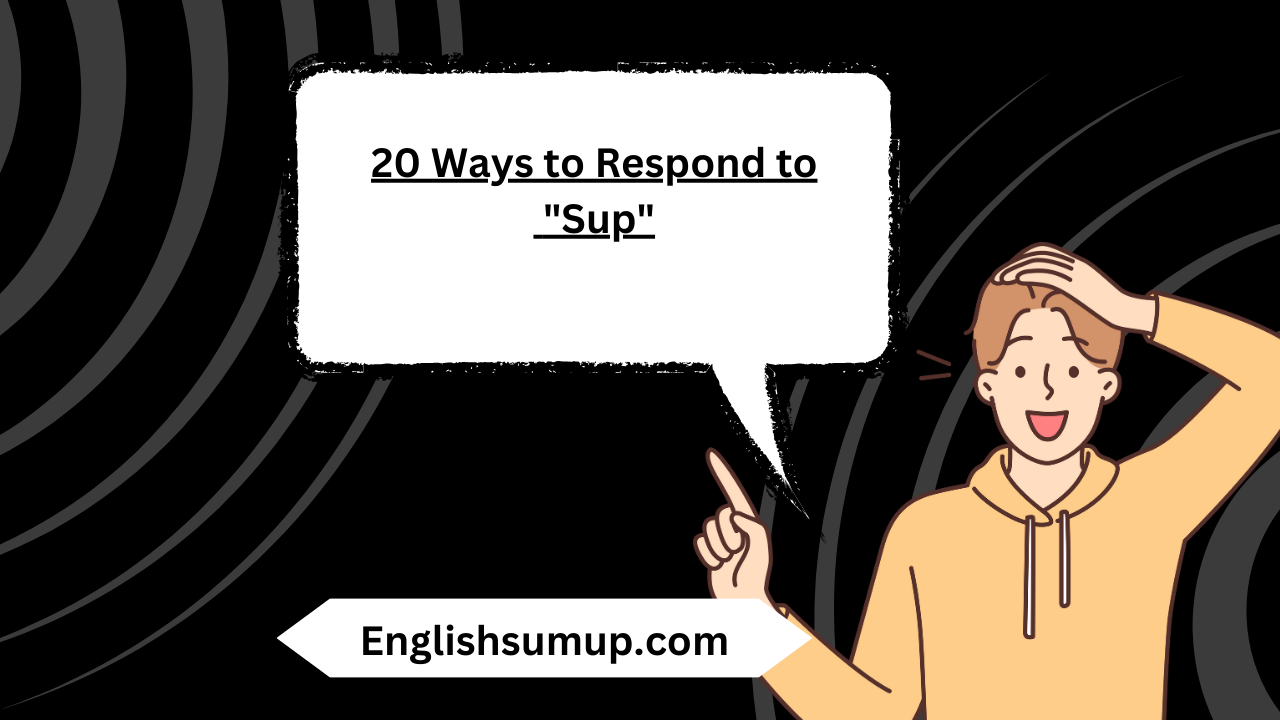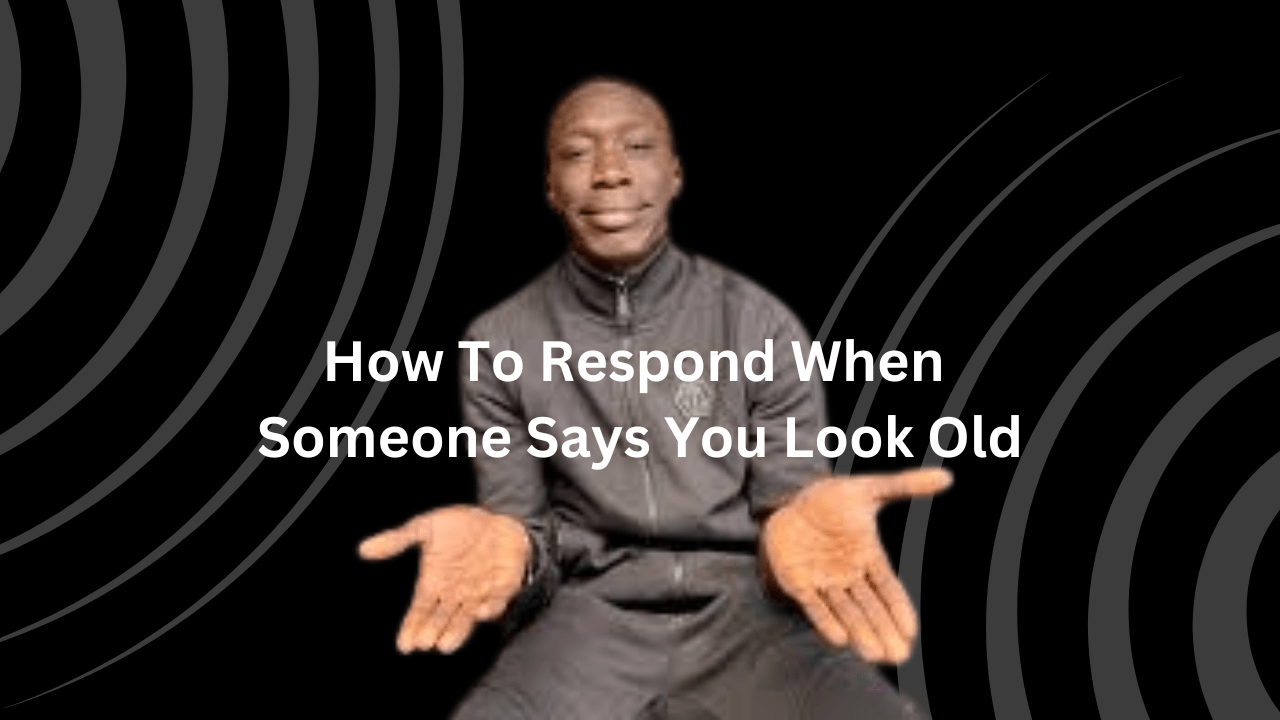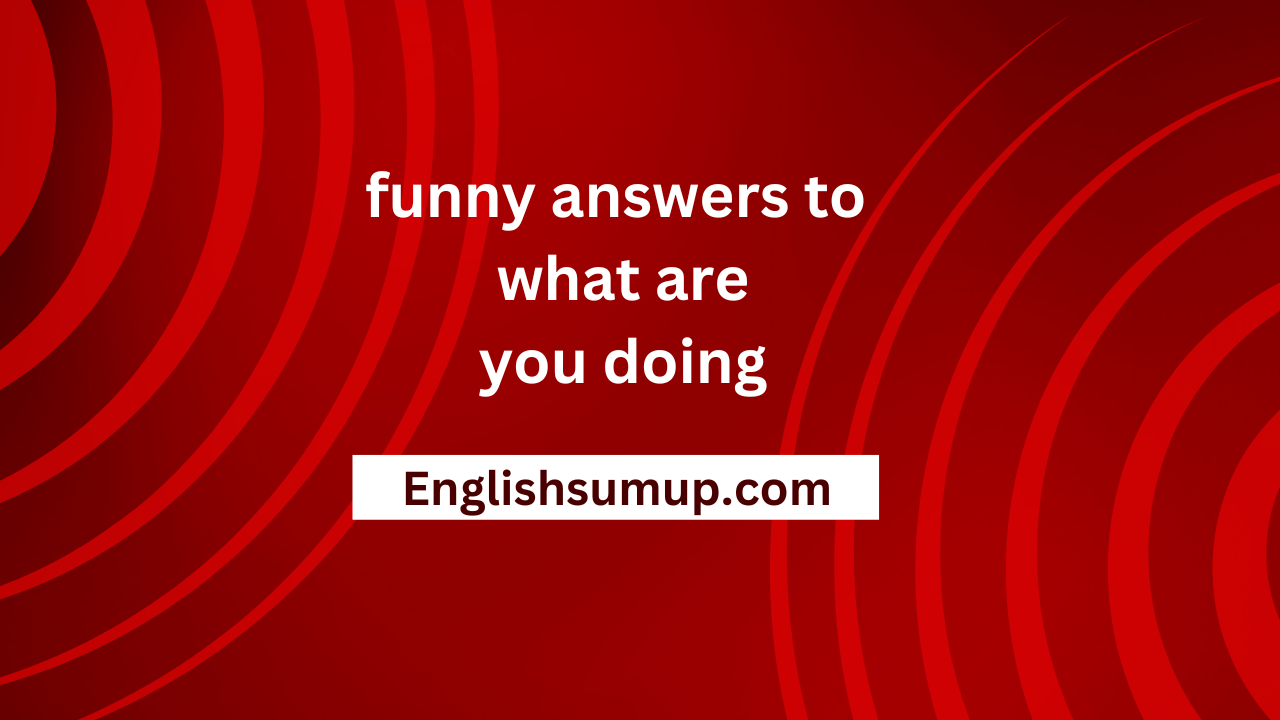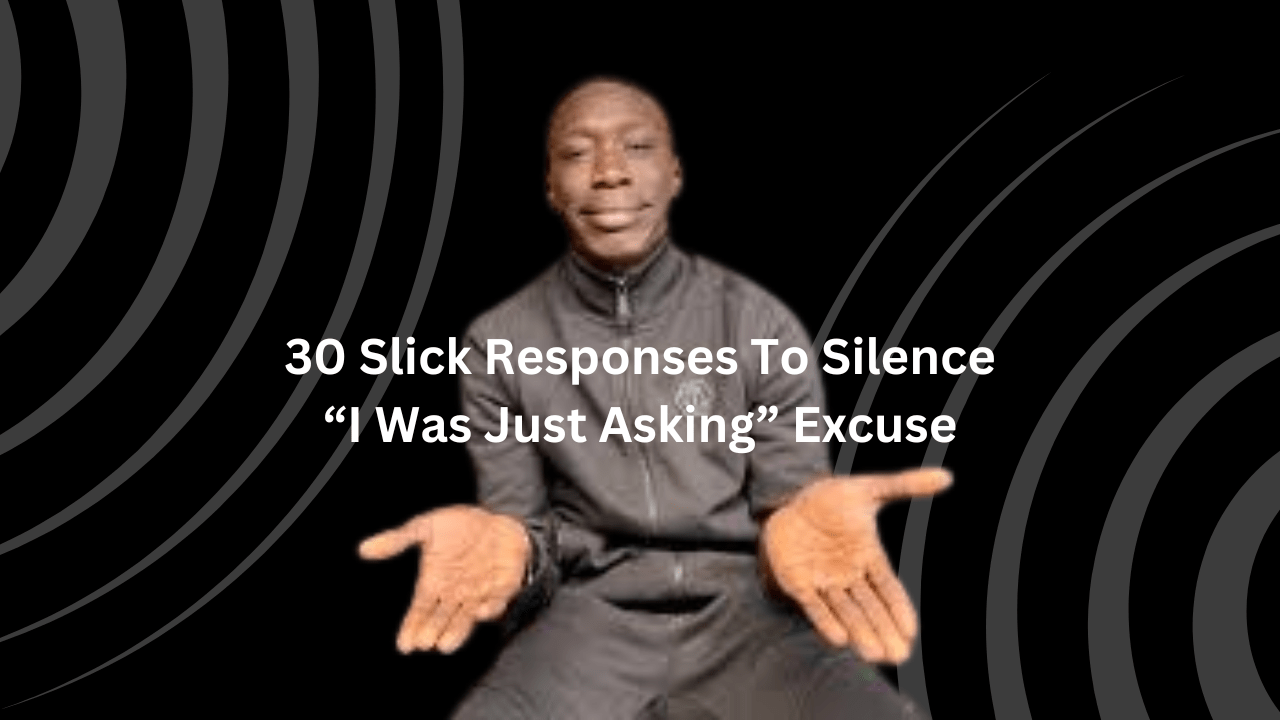Navigating the realm of sales within any marketplace inevitably entails encountering low ball offers that may catch you off guard. These offers, often seeming incongruously low, can give rise to a range of emotions from surprise to incredulity.
If you find yourself grappling with such situations, fret not. We’re here to equip you with a comprehensive arsenal of 20 savvy comebacks tailored specifically for addressing low ball offers. With these strategies at your disposal, you’ll be adeptly poised to manage such negotiations with finesse and expertise.
List of 20 clever comebacks for Low Ball Offers

- “Thank you for your offer. Let’s aim for a win-win situation by finding a middle ground that satisfies both of our needs.”
- “While I appreciate your interest, I’ve carefully considered the value of the item in determining its price.”
- “I’ve noticed similar listings at higher prices. How about we strive for a figure more aligned with market standards?”
- “I’m open to negotiating, but let’s ensure our offers remain within a reasonable range. What’s your maximum offer?”
- “Combining this item with another from my inventory could lead to a more favorable deal. Shall we explore bundling options?”
- “Acknowledging your budget constraints, let’s endeavor to strike a fair balance between your offer and my asking price.”
- “Seeking a mutually satisfying agreement is important to me. Let’s work together to achieve that.”
- “The pricing reflects the item’s value and condition. Let’s collaborate to find a compromise that acknowledges both factors.”
- “Flexibility is key in negotiations, but your offer significantly deviates from the expected range.”
- “This item’s quality justifies its asking price. Let’s work towards a figure that respects its worth and condition.”
- “Thank you for your offer. Let’s explore options that ensure both parties feel valued and respected in this negotiation.”
- “I’m committed to finding a fair price for both of us. Can we discuss options that align more closely with market standards?”
- “While I’m open to negotiation, I believe the value of the item warrants a higher price. Can we find common ground?”
- “Your offer is appreciated, but I believe there’s room for us to reach a more equitable agreement.”
- “Let’s consider factors such as quality, demand, and market value to arrive at a mutually beneficial price.”
- “I understand your perspective. Let’s work together to find a solution that meets both of our expectations.”
- “While I’m eager to make a deal, it’s important to ensure fairness for both parties involved.”
- “I’m confident we can find a solution that satisfies both of our needs. Let’s continue the discussion with that goal in mind.”
- “Let’s explore various options to ensure we reach a compromise that reflects the value of the item.”
- “I appreciate your offer and am open to negotiation. Let’s strive for a resolution that leaves both of us content with the outcome.”
“Thank you for your offer. Let’s aim for a win-win situation by finding a middle ground that satisfies both of our needs.”
This response acknowledges the offer graciously while steering the conversation towards a mutually beneficial resolution. By emphasizing the goal of achieving a win-win outcome, it encourages collaboration and compromise, fostering a positive negotiation dynamic.
“While I appreciate your interest, I’ve carefully considered the value of the item in determining its price.”
This comeback acknowledges the buyer’s interest while asserting the seller’s rationale behind the pricing decision. It communicates that the price is not arbitrary but rather based on a thoughtful evaluation of the item’s value, reinforcing the seller’s position and setting the tone for further discussion.
“I’ve noticed similar listings at higher prices. How about we strive for a figure more aligned with market standards?”
By referencing comparable listings at higher prices, this response provides tangible evidence to support the seller’s position. It invites the buyer to reconsider their offer in light of market norms, positioning the negotiation within a broader context of industry standards and expectations.
Read this post also: 20 of the Best “Your Mom Comebacks”
“I’m open to negotiating, but let’s ensure our offers remain within a reasonable range. What’s your maximum offer?”
This response maintains openness to negotiation while setting boundaries around acceptable offer ranges. By prompting the buyer to disclose their maximum offer, it provides valuable insight into their flexibility and establishes a framework for further negotiations.
“Combining this item with another from my inventory could lead to a more favorable deal. Shall we explore bundling options?”
By suggesting bundling options, this response introduces a creative solution to enhance the perceived value for the buyer while potentially increasing the overall transaction value for the seller. It demonstrates flexibility and encourages collaborative problem-solving to reach a mutually beneficial agreement.
“Acknowledging your budget constraints, let’s endeavor to strike a fair balance between your offer and my asking price.”
This response shows empathy towards the buyer’s budget limitations while reaffirming the seller’s position regarding the item’s value. It invites the buyer to participate in a fair negotiation process aimed at finding common ground and reaching a satisfactory compromise for both parties.
“Seeking a mutually satisfying agreement is important to me. Let’s work together to achieve that.”
This statement emphasizes the seller’s commitment to collaboration and fairness in the negotiation process. It fosters a sense of partnership between the buyer and seller, encouraging constructive dialogue and problem-solving to reach a mutually satisfying outcome.
“The pricing reflects the item’s value and condition. Let’s collaborate to find a compromise that acknowledges both factors.”
By linking the price to the item’s value and condition, this response provides transparency and justification for the pricing decision. It invites the buyer to participate in finding a compromise that takes into account both parties’ interests and considerations, paving the way for productive negotiation discussions.
“Flexibility is key in negotiations, but your offer significantly deviates from the expected range.”
This comeback acknowledges the importance of flexibility in negotiations while subtly signaling that the offer falls outside of the acceptable range. It encourages the buyer to reconsider their offer in light of established norms and expectations, setting the stage for further negotiation adjustments.
“This item’s quality justifies its asking price. Let’s work towards a figure that respects its worth and condition.”
By emphasizing the item’s quality and worth, this response reinforces the seller’s pricing decision. It invites the buyer to recognize and appreciate the value proposition offered while signaling openness to reaching a compromise that aligns with the item’s perceived value and condition.
“Thank you for your offer. Let’s explore options that ensure both parties feel valued and respected in this negotiation.
This response acknowledges the offer graciously while emphasizing the importance of mutual respect and appreciation in the negotiation process. It sets a collaborative tone, inviting both parties to engage in a constructive dialogue aimed at reaching a fair and satisfactory agreement.
“I’m committed to finding a fair price for both of us. Can we discuss options that align more closely with market standards?
By expressing commitment to fairness and market alignment, this response invites the buyer to participate in a negotiation based on objective standards. It encourages transparency and collaboration, paving the way for productive discussions that consider both parties’ interests and market dynamics.
“While I’m open to negotiation, I believe the value of the item warrants a higher price. Can we find common ground?”
This comeback acknowledges the potential for negotiation while firmly asserting the seller’s perspective on the item’s value. It encourages the buyer to engage in a discussion aimed at finding a compromise that respects the seller’s valuation while addressing the buyer’s interests.
“Your offer is appreciated, but I believe there’s room for us to reach a more equitable agreement.”
By expressing appreciation for the offer while asserting the potential for improvement, this response maintains a positive tone while signaling openness to further negotiation. It encourages the buyer to reconsider their offer in pursuit of a fair and equitable resolution.
“Let’s consider factors such as quality, demand, and market value to arrive at a mutually beneficial price.”
This statement emphasizes the importance of objective criteria in determining the item’s price, such as quality, demand, and market trends. It invites both parties to engage in a rational discussion based on factual information, fostering a collaborative negotiation process.
“I understand your perspective. Let’s work together to find a solution that meets both of our expectations.
By acknowledging the buyer’s perspective and expressing willingness to collaborate, this response fosters a sense of partnership in the negotiation process. It encourages open communication and compromise, with the ultimate goal of reaching a mutually satisfactory outcome.
“While I’m eager to make a deal, it’s important to ensure fairness for both parties involved.”
This comeback underscores the seller’s commitment to fairness and integrity in the negotiation process. It encourages the buyer to consider the importance of equitable outcomes while signaling the seller’s readiness to engage in negotiations that prioritize mutual benefit.
“I’m confident we can find a solution that satisfies both of our needs. Let’s continue the discussion with that goal in mind.”
By expressing confidence in the negotiation process and setting a clear goal of mutual satisfaction, this response instills optimism and motivation to reach a positive outcome. It encourages persistence and collaboration, driving the negotiation forward towards a successful resolution.
“Let’s explore various options to ensure we reach a compromise that reflects the value of the item.”
This statement highlights the importance of exploring multiple avenues to find a compromise that aligns with the item’s value and both parties’ interests. It encourages creativity and flexibility in the negotiation process, fostering a collaborative approach to problem-solving.
“I appreciate your offer and am open to negotiation. Let’s strive for a resolution that leaves both of us content with the outcome.”
This closing statement expresses gratitude for the offer while reaffirming the seller’s openness to negotiation. It emphasizes the importance of reaching a resolution that satisfies both parties, fostering goodwill and cooperation in the negotiation process.
Conclusion:
Navigating low ball offers in negotiations requires a blend of tact, strategy, and diplomacy. By employing the 20 comebacks outlined above, sellers can effectively respond to low offers while maintaining professionalism and fostering a collaborative negotiation environment. These responses empower sellers to assert the value of their offerings, address buyers’ concerns, and work towards mutually beneficial agreements.
Ultimately, successful negotiation is not just about securing the best deal but also about building positive relationships and preserving goodwill for future interactions. By leveraging these comebacks, sellers can navigate low ball offers with confidence, turning potential challenges into opportunities for productive dialogue and mutually satisfactory outcomes.
FAQs:
What should I do if the buyer insists on their low ball offer?
If the buyer remains steadfast in their low offer, it’s essential to evaluate the feasibility of reaching a compromise. Consider factors such as the urgency of the sale, market demand, and the buyer’s willingness to negotiate further. If necessary, politely decline the offer and express openness to future discussions if the buyer revises their offer.
How can I determine if a low ball offer is reasonable?
Assessing the reasonableness of a low ball offer involves considering various factors such as market value, condition of the item, and the buyer’s motivations. Research comparable listings and recent sales to gauge market trends and determine a fair price range. Additionally, consider the buyer’s perspective and any mitigating factors that may influence their offer.
What if I receive multiple low ball offers for the same item?
If you’re facing multiple low ball offers, carefully evaluate each offer based on its merits and consider potential negotiation strategies. You may choose to counteroffer with a higher price to gauge the buyers’ seriousness or explore bundling options to increase the perceived value of the deal. Ultimately, prioritize offers that align with your desired price range and negotiation objectives.
How can I maintain professionalism when responding to low ball offers?
Maintaining professionalism is crucial in negotiation, regardless of the offer’s quality. Respond to low ball offers with courtesy and respect, focusing on constructive dialogue and problem-solving. Avoid engaging in heated exchanges or dismissing offers outright, as this can damage relationships and hinder future negotiations. Instead, seek common ground and strive for a mutually beneficial resolution.









